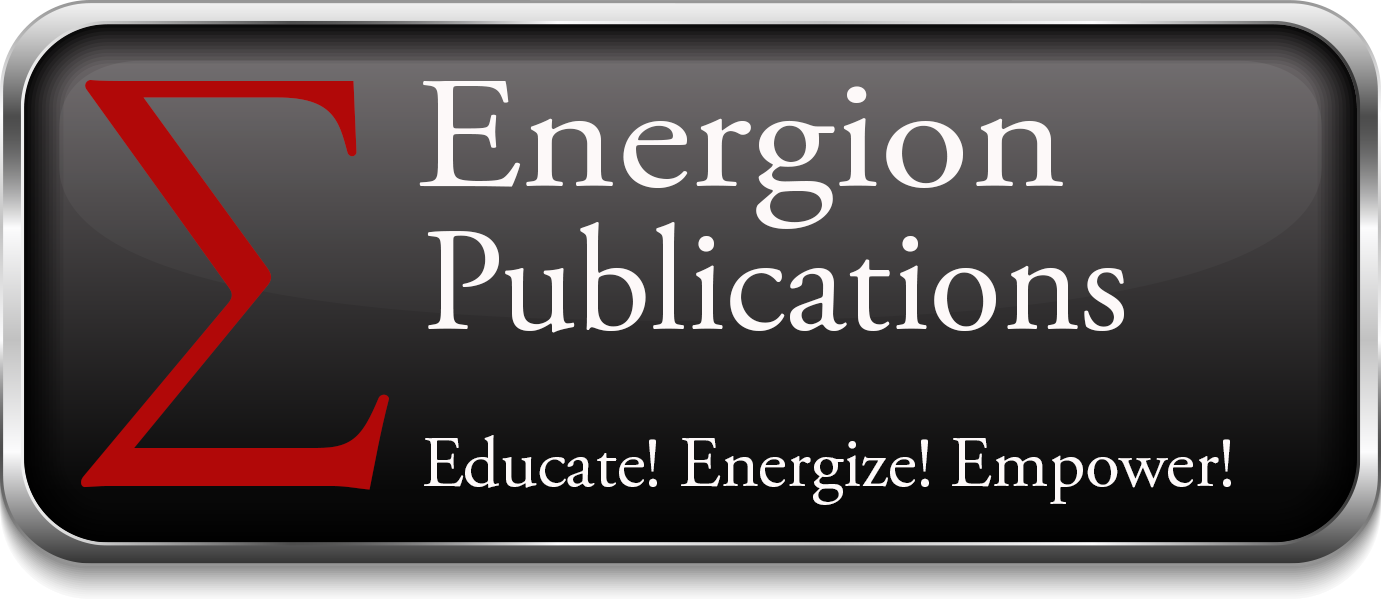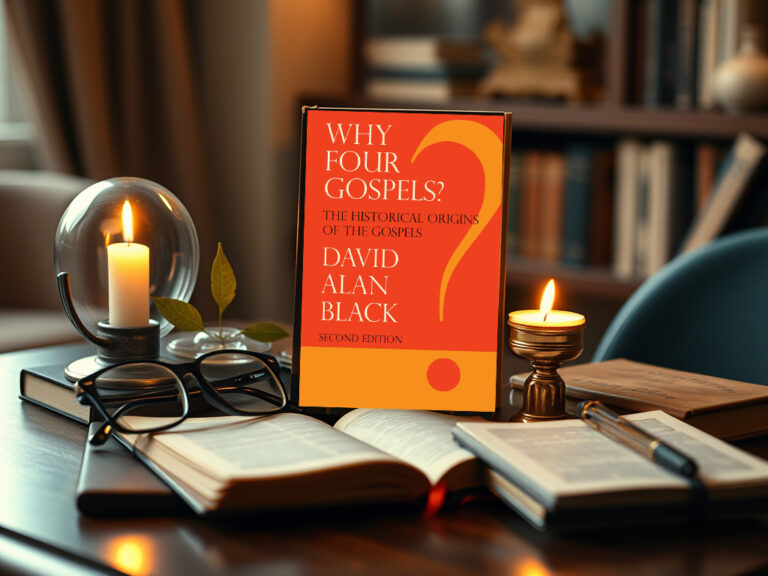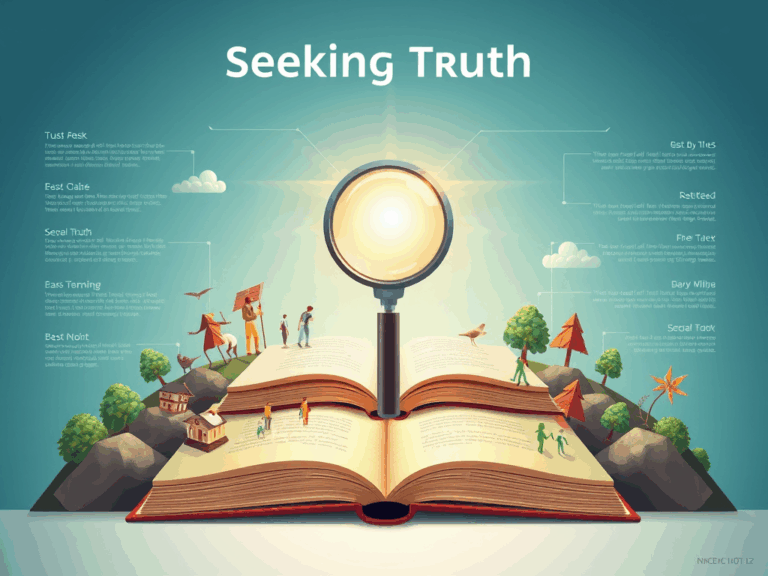Esther, Synchronicity, and Process Theology
by Bruce Epperly
For if you keep silence at such a time as this, relief and deliverance will rise for the Jewish people from another quarter, but you and your father’s family will perish. Who knows? Perhaps you have come to royal dignity for just such a time as this. (Esther 4:14)
 The biblical book of Esther is a theological goldmine. Although the Hebraic Masoretic version, adopted by Protestants and Jews, does not explicitly mention God’s name, God’s gentle providence is present in Esther’s discovery and embodiment of her vocation as her people’s savior. God does not have to be named to influence our lives. Divine activity is often subtle and goes unnoticed, acting through insights, inspirations, encounters, and persons.
The biblical book of Esther is a theological goldmine. Although the Hebraic Masoretic version, adopted by Protestants and Jews, does not explicitly mention God’s name, God’s gentle providence is present in Esther’s discovery and embodiment of her vocation as her people’s savior. God does not have to be named to influence our lives. Divine activity is often subtle and goes unnoticed, acting through insights, inspirations, encounters, and persons.
In the case of Esther (Hadassah), God’s gentle providence seems to be quietly working at turning points in her life. With no intentionality on her part, Esther becomes the king’s favorite and leading lady, queen of the land. Attempting to keep her ethnicity a secret, Esther is challenged by her mentor who reminds her that her position in the realm quite possibly reflects a hidden providence that has brought her to power “for just such a time as this.”
Synchronously, Esther is the right person, at the right time, and receives the right encounter. Within the events of our lives, God is [ene_ptp]quietly creating possibilities for personal and community transformation. Every moment is filled with possibilities aiming at the highest good. Though seldom we witness divinity in these possibilities, they constantly shape our lives, most particularly when we say “yes” to them. Mordecai presents Esther with a provocative possibility that her current royal position is far from accidental, but reflects the interplay of divine providence, chance, and human decision-making. Esther carefully weighs Mordecai’s counsel, and when she acts on it, she moves from hiddenness to agency, and sets in motion a series of events that save her people and undermine their nemesis, Haman.
Although the author of Esther did not have today’s process theology in mind, the tenor of the book is processive and providential. God is dynamically working in every situation, inviting us to move from passivity to agency. God’s work is never unilateral or coercive but is embodied in a dynamic call and response in which God calls, we respond, and our response leads to further instances of God’s call in our lives. God can’t save the Jewish people apart from human partnership. In the interdependence of life, events lead to Esther becoming the primary partner in God’s quest to save the Jewish people.
Esther has freedom and, like the majority of characters in scripture such as Jesus’ parents, Mary and Joseph, Abraham and Sarah, and the widowed Ruth, she can assent or turn away from God’s call. Ruth becomes the great-grandparent of David as a result of her cooperation with God’s call to reach out to Boaz. Esther is an agent of freedom and liberation as a result of her claiming her own power to change the world.
Esther models for us – and inspires us – to open to daily synchronicities, often masquerading as secular events. Most of the time, we are like Jacob, who, after dreaming of a ladder of angels, confesses “God was in this place and I did not know it.” When we realize that God is “in this place,” the place where we are, remarkable energies are released and we become God’s partners in bringing health and beauty to the world. We discover that we are here in this moment “for just such a time as this.”
(For on the themes discussed in this essay, I recommend my Energion books, Ruth and Esther: Women of Agency and Adventure and Process Theology: Embracing Adventure with God.)
[slideshow_deploy id=’2461′]
Click on any picture for more information or to order





